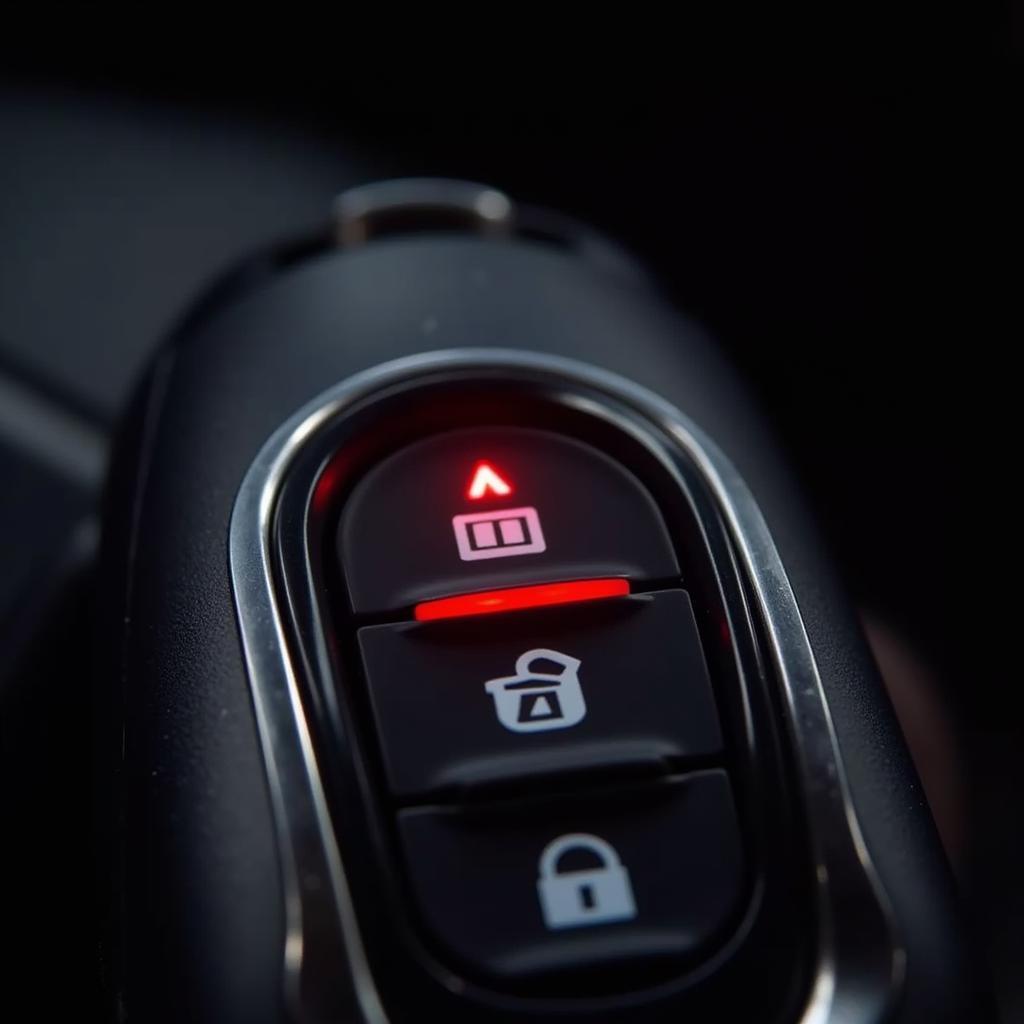Understanding your SEAT car warning lights is crucial for maintaining your vehicle’s health and safety. These illuminated symbols on your dashboard act as your car’s communication system, alerting you to potential issues before they escalate into major problems. Ignoring these warnings could lead to costly repairs down the road. This guide will provide you with a comprehensive understanding of SEAT car warning lights, enabling you to diagnose problems and take appropriate action.
Do your SEAT warning lights have you puzzled? This guide will decipher those mysterious dashboard symbols, providing insights into their meaning, potential causes, and recommended actions. From a simple low tire pressure warning to more complex engine management issues, we’ll cover the essential information you need. Check out our resources on SEAT car dashboard warning lights for further reading. seat car dashboard warning lights
Common SEAT Warning Lights and Their Meanings
SEAT vehicles utilize a standardized system of warning lights, many of which are common across various car manufacturers. However, certain symbols might be specific to SEAT models. Let’s explore some of the frequently encountered warning lights and their interpretations.
- Red Warning Lights: These signify serious issues requiring immediate attention. Examples include the brake warning light, engine temperature warning light, and oil pressure warning light. Ignoring these warnings could lead to severe damage or even a breakdown.
- Amber/Yellow Warning Lights: These indicate less critical issues that require attention but might not necessitate immediate action. They often relate to maintenance requirements or potential system malfunctions. Examples include the check engine light, tire pressure monitoring system (TPMS) light, and low fuel warning light.
What does the brake warning light indicate? This light signifies potential issues with your braking system, such as low brake fluid or worn brake pads. Immediate action is required.
Diagnosing SEAT Warning Lights with Remote Diagnostics
Advancements in automotive technology have revolutionized vehicle diagnostics. Remote diagnostics and software programming now allow technicians to identify and resolve issues remotely. This can save you time and money by avoiding unnecessary trips to the garage. More about car seat sensor warning lights can be found on our dedicated page. car seat sensor warning lights
How does remote diagnostics work? Specialized software allows technicians to connect to your car’s computer system wirelessly, reading diagnostic trouble codes (DTCs) and identifying the root cause of the problem.
Addressing SEAT Warning Lights: Software Solutions
In many cases, software updates or reprogramming can address the underlying issue causing a warning light to illuminate. This is particularly true for issues related to the engine management system, transmission, and other electronic control units (ECUs).
What if my SEAT Ibiza MK4 has multiple warning lights? It’s recommended to consult a qualified technician or utilize remote diagnostic services to accurately pinpoint the problem. You can find specific information for your model on our Seat Ibiza warning lights MK4 page. seat ibiza warning lights mk4
Emergency Brake Warning Chime: Understanding the Issue
A persistent emergency brake warning chime is another common concern. This can be triggered by a faulty sensor, a misadjusted brake lever, or low brake fluid. Learn more about emergency brake warning chimes in our dedicated article. emergency brake warning chime
“Regular maintenance and prompt attention to warning lights are essential for prolonging the life of your SEAT vehicle,” says John Miller, Senior Automotive Diagnostic Technician at CarDiagTech.
Consumer Reports on Booster Seats and Safety Warnings
While not directly related to dashboard warning lights, understanding car seat safety is paramount. Be sure to check out consumer reports on booster seats for crucial safety information and potential warnings. For a detailed analysis and recommendations, you can visit our page on consumer reports booster seats warning. consumer reports booster seats warning
“Ignoring even seemingly minor warning lights can have significant consequences in the long run,” advises Maria Sanchez, Lead Software Engineer at CarDiagTech, specializing in remote automotive diagnostics.
In conclusion, understanding your SEAT car warning lights is crucial for ensuring your safety and maintaining your vehicle’s performance. By utilizing resources like this guide and remote diagnostic services, you can proactively address potential problems and keep your SEAT running smoothly. Don’t ignore those warning lights – take action to keep your car in top condition.
FAQ
- What should I do if a red warning light illuminates? Pull over safely and immediately consult your owner’s manual or seek professional assistance.
- Can I ignore an amber/yellow warning light? While not as urgent as red warnings, amber lights should be addressed promptly to prevent potential issues.
- How often should I check my car’s warning lights? It’s a good practice to briefly scan your dashboard every time you start your car.
- What does the check engine light mean? This light can indicate a range of issues, from a loose gas cap to more serious engine problems. Diagnostic testing is needed to pinpoint the cause.
- How can I reset my SEAT car’s warning lights? Addressing the underlying issue usually resolves the warning light. In some cases, a professional scan tool might be needed to reset the light.
- Are all SEAT warning lights the same? While many are standardized, some warning lights might be specific to certain SEAT models or trim levels.
- Where can I find more information about my SEAT’s warning lights? Your owner’s manual is the best resource for specific information about your car’s warning lights.



